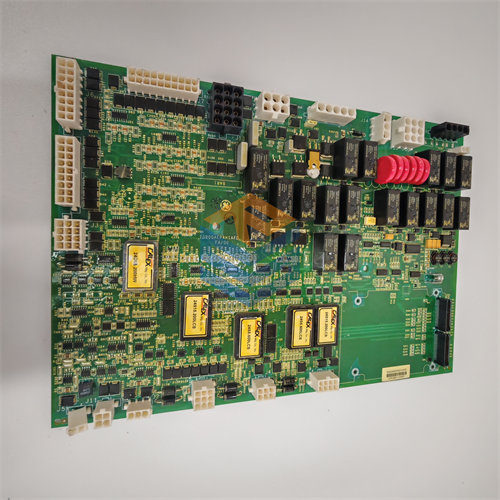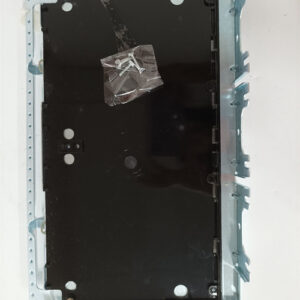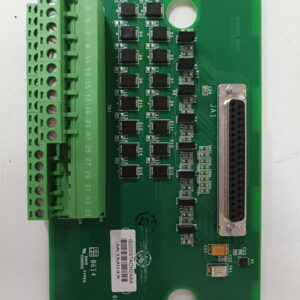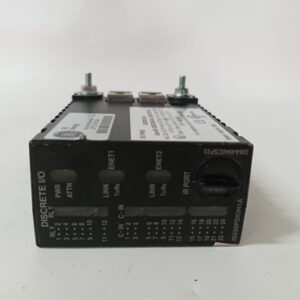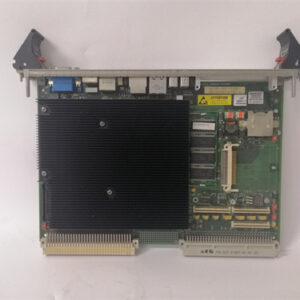الوصف
The GE DS200TCDAG1ACA is a Digital $\text{I/O}$ Board that is a component of the General Electric $\text{Speedtronic Mark V}$ Turbine Control System. Its primary function is to manage and process on/off (digital) signals for the turbine control logic.
It’s one of the various revisions of the $\text{TCDA}$ board series ($\text{T}$urbine $\text{C}$ontrol $\text{D}$igital $\text{A}$uxiliary or $\text{Digital I/O}$ Board) used in $\text{Mark V}$ panels.
💡 Function and Purpose
The $\text{DS200TCDAG1ACA}$ is essential for bridging the gap between the turbine control’s central processors and the field devices that provide or require digital status/commands.
- Digital Signal Processing: It processes digital contact input signals (like limit switch positions, pressure switch status, etc.) from terminal boards such as the $\text{DTBA}$ (Digital Turbine Building Assembly) and $\text{DTBB}$.
- Output Control: It generates and transmits contact output signals (to energize relays or solenoids) that control actuators and devices in the field.
- Time-Tagging: The board’s circuitry conditions the input signals and is capable of time-tagging any change of state. This feature is critical for the $\text{Mark V}$‘s sequence-of-events recording and diagnostic capabilities.
- Communication: It uses the $\text{IONET}$ (I/O Network) to communicate with the main control processors of the $\text{Mark V}$ system.
- Location: The $\text{TCDA}$ board is physically installed in one of the Digital $\text{I/O}$ cores (such as $\text{Q11}$, $\text{Q21}$, or $\text{Q51}$) of the $\text{Mark V}$ cabinet.
🔧 Technical Details
The board is a complex circuit card with onboard configuration and processing capabilities.
- Acronym: $\text{TCDA}$ (Turbine Control Digital Auxiliary or Digital $\text{I/O}$ Board).
- Connectors: It typically includes multiple connectors for interfacing, such as:
- JQ and JR: For receiving contact input signals from $\text{DTBA}$ and $\text{DTBB}$.
- $\text{JO1}$ and $\text{JO2}$: For transmitting contact output signals to the $\text{TCRA}$ boards (relay actuator boards).
- $\text{JX1}$ and $\text{JX2}$: For $\text{IONET}$ communication.
- Onboard Components: The board is equipped with a microprocessor and multiple programmable read-only memory ($\text{PROM}$) modules which contain the board’s firmware and configuration data.
- Configuration:
- Hardware: Configuration jumpers (such as $\text{J2}$ and $\text{J3}$ for $\text{IONET}$ termination and $\text{J4-J6}$ for $\text{IONET}$ ID) are used to set its physical and communication parameters.
- Software: Digital $\text{I/O}$ configuration constants (e.g., signal inversion) are set using the $\text{I/O}$ Configuration Editor in the $\text{Mark V}$‘s $\text{HMI}$ (Human-Machine Interface).
Part Number Breakdown
The suffix “$\text{AC}$” in $\text{DS200TCDAG1ACA}$ indicates the revision level of the board:
- $\text{DS200}$: Mark V Series
- $\text{TCDA}$: Digital $\text{I/O}$ Board
- $\text{G1}$: Group 1 hardware design
- $\text{A}$ (Functional Revision): Primary functional revision level
- $\text{C}$ (Secondary Functional Revision): Secondary functional revision level
- $\text{A}$ (Artwork Revision): Artwork/assembly revision level
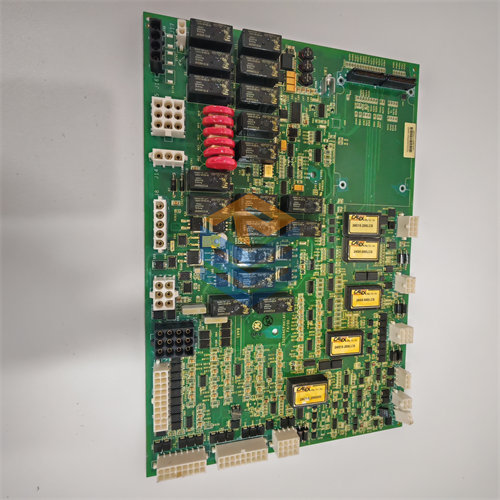

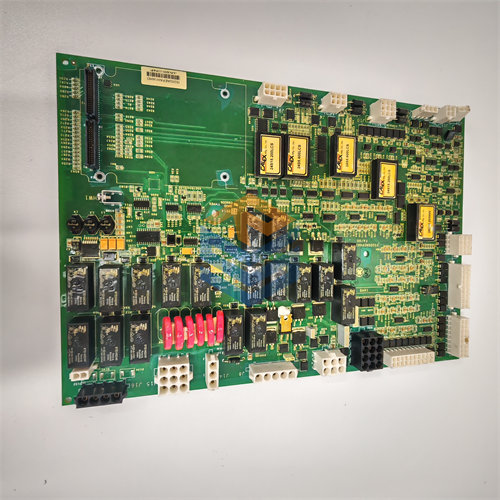

 +86 15340683922
+86 15340683922 +86 15340683922
+86 15340683922